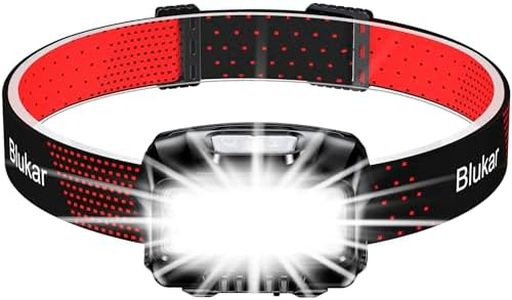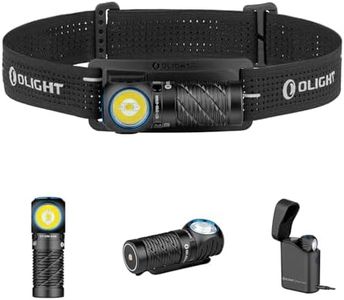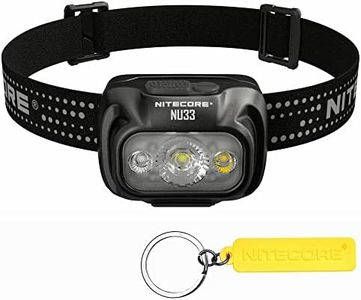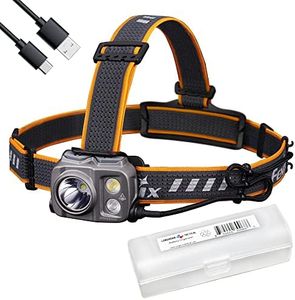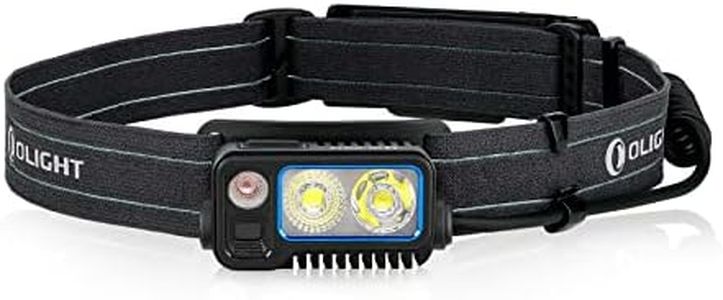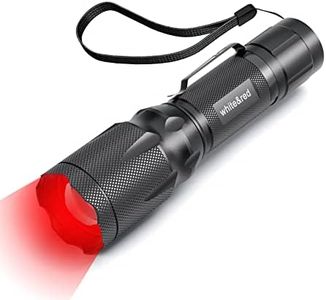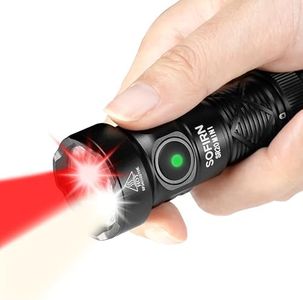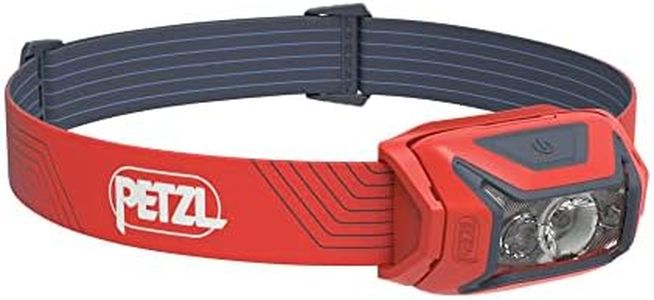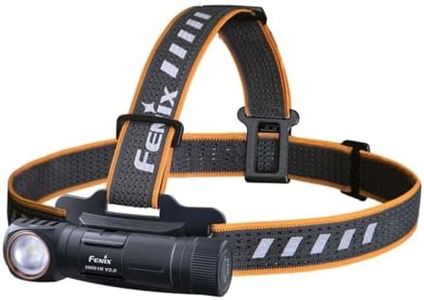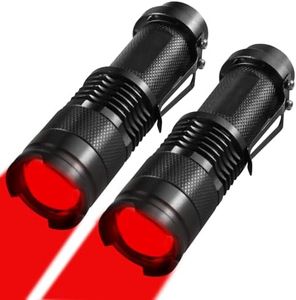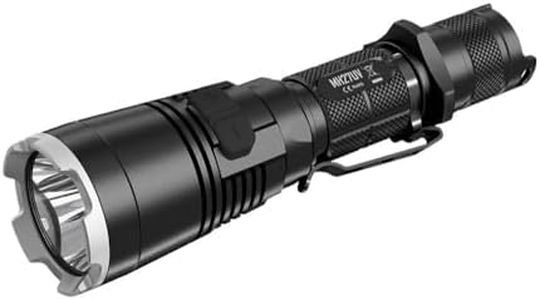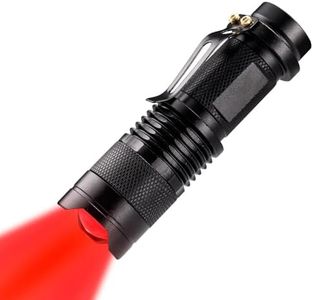We Use CookiesWe use cookies to enhance the security, performance,
functionality and for analytical and promotional activities. By continuing to browse this site you
are agreeing to our privacy policy
10 Best Red Light Flashlights
From leading brands and best sellers available on the web.Buying Guide for the Best Red Light Flashlights
When choosing a red-light flashlight, it's important to first understand why you're selecting this specialized tool. Red-light flashlights are popular for activities where night vision and reduced disturbance are essential, such as astronomy, camping, hunting, or stealth activities. Because red light is less likely to disrupt your natural night vision compared to white light, it's essential to pick a model that matches the environments and tasks you plan to use it for.Brightness (Lumen Output)Brightness in red-light flashlights is measured in lumens, which tells you how intense or powerful the light beam is. For red-light use, extremely high brightness can sometimes defeat the purpose by damaging night vision or causing glare, while too little brightness can make it hard to see. Lower lumen outputs (around 5-20 lumens) are best for close-up tasks, preserving your night vision, and situations like stargazing where minimal light is ideal. Medium outputs (20-60 lumens) offer a good balance for general outdoor use or walking at night. Only consider higher lumens if you need to illuminate larger areas or are navigating tricky terrain. Your main use case should guide how much brightness you'll need.
Beam Pattern and Throw DistanceThe beam pattern describes how the light is spread out, while throw distance is how far the flashlight can project its beam. Flood beams provide wide, even coverage for activities like reading maps or setting up camp, while a focused beam projects light further into the distance, which can be useful for navigating trails or spotting objects far away. If your activities are close-range, such as reading or task work, a broad, even flood beam is best. For spotting things at a distance, look for flashlights with a more focused beam and longer throw. Think about whether you’ll mostly need wide coverage or concentrated distance lighting.
Battery Type and RuntimeThis refers to what powers the flashlight—common options are AA, AAA, CR123A, or rechargeable lithium-ion batteries—and how long it can run before needing a new battery or recharge. Runtime is especially important during long outings or situations where charging is not possible. Single-use batteries generally offer convenience and are easy to replace, while rechargeable models save money and waste over time. Flashlights with longer runtimes are better for multi-day trips, while shorter runtime might be fine for quick, occasional use. Always choose based on how long and how often you’ll need uninterrupted light.
Durability and Water ResistanceDurability covers how well the flashlight stands up to drops, impacts, and wear, while water resistance indicates if it can withstand rain, splashes, or even submersion. If you'll use your red-light flashlight outdoors or in rugged environments, pick one with good impact resistance and at least a basic water-resistance rating. For use in safe, dry places, durability is a less critical factor. Your environment and how rough you'll be with the light should drive your choice here.
Controls and ModesControls refer to how you operate the flashlight, such as the type and placement of switches, and modes mean the number of brightness levels or additional features like SOS or strobe. Simple operation is key for quick access in the dark; too many modes or complicated controls can be confusing. If you often use your flashlight in high-pressure situations or wear gloves, large, easy-to-find buttons are best. Choose a number of modes that matches your needs—just one or two for single-purpose use, or more for versatile tasks.
Size and WeightThe size and weight of a red-light flashlight affect its portability and comfort during use. Compact, lightweight models fit easily in your pocket or gear bag and are ideal for those who need to travel light, while larger models might offer longer runtimes and higher brightness but can be bulky to carry. Think about how you'll carry the flashlight and if you'll be holding it for long periods. Let your intended carry style and duration of use guide your decision.
